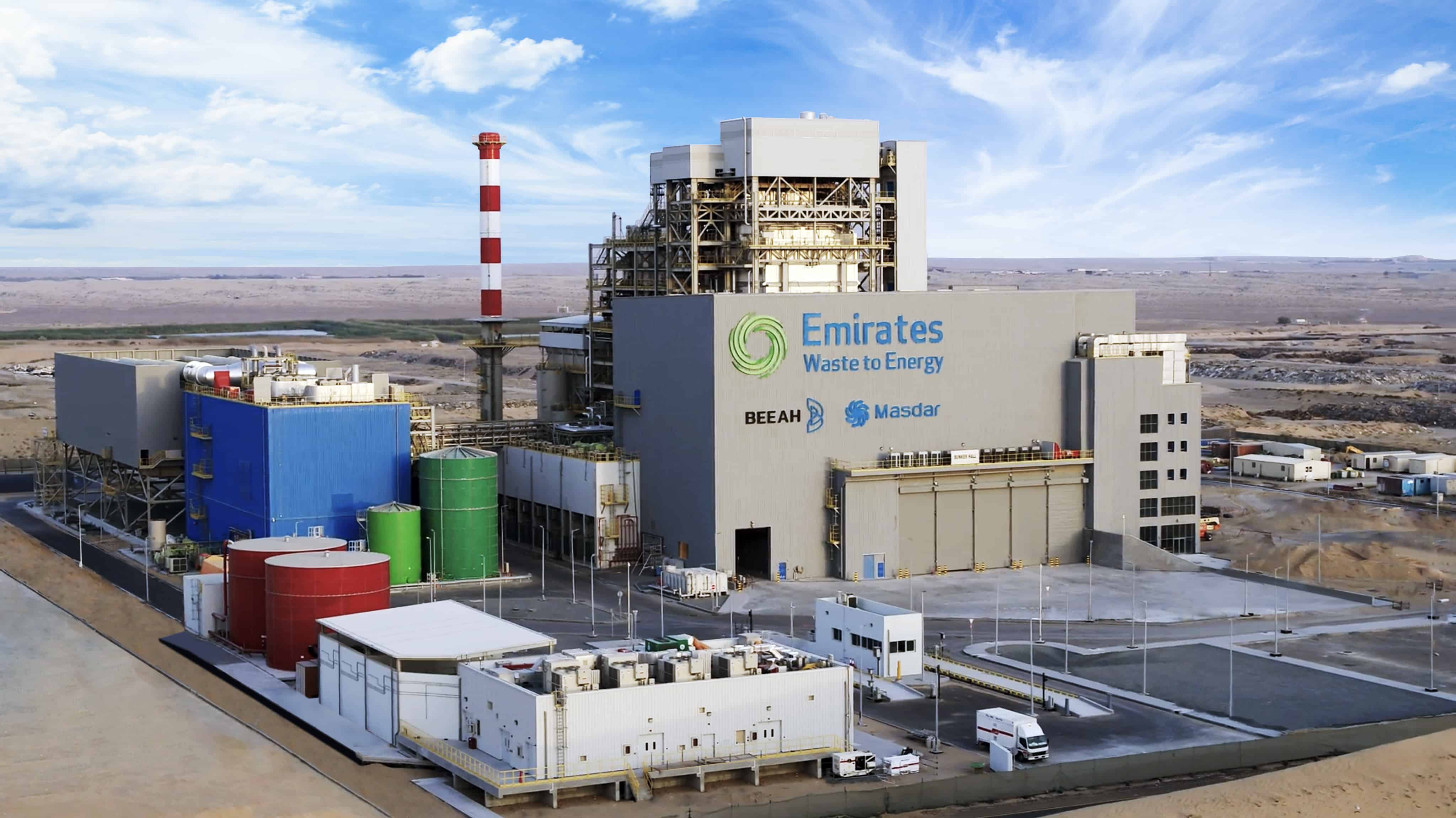The Middle East and North Africa (MENA) region is a key player in the energy sector as a large oil and gas producer, but over time, it has also become a significant energy consumer.
Growth and development in the MENA countries have fueled an appetite for energy, much of it satisfied by oil and natural gas. Low fossil-fuel energy prices have enabled this carbon-intensive mix thanks to generous government subsidies. However, removing subsidies is politically challenging in a high-price fossil fuel environment.
Subsidies in the region are difficult to remove
Energy subsidies are pervasive, and households and businesses in the region pay significantly less for energy.
According to a recent report by Oxford Economics, MENA countries provide large subsidies per capita. For energy-rich countries, subsidies are a way to redistribute the wealth from the country’s natural resources. Moreover, subsidies represent an integral aspect of the social contract, forming a part of the social safety net. For example, Kuwait and the UAE provided a $600 subsidy per capita in 2020, while Saudi Arabia comes in the 3rd position by giving a $500 subsidy per capita.
The report says that subsidies will be difficult to remove. However, ideally, they are removed when fuel prices are falling or are relatively low to limit the price impact.
It also stated that in today’s high-price environment, MENA would unlikely be able to undertake this step, as removing subsidies is politically challenging and has often been met by opposition and protests.
Complementary policies must ease the blow
Given that MENA states do not always have sophisticated social welfare systems and good public transport, and removing subsidies affects real incomes, thus, it must be done carefully.
The report suggested that improving the social safety net may provide the space needed to end subsidies. At the same time, investment in renewable energy can reduce costs and protect households from higher prices. This hopefully will create an environment that allows for the correct pricing of carbon.
Subsidies must be removed for effective carbon pricing
The report claims that energy subsidies distort market dynamics and ignore the social cost of carbon and harmful environmental externalities. A cost or benefit that is carried by a separate party is known as an externality, and carbon emissions are an externality of production and consumption that have a negative impact on the environment. Thus, externalities must be priced in order to reflect this damage.
The High-Level Commission on Carbon Prices led by Stiglitz and Stern (2017) concluded that to achieve the Paris Agreement temperature targets, fossil fuels need to be subject to a carbon tax of around US$50–100/tCO2 by 2030. With more ambitious targets of 1.5 degrees, it is safe to assume the USD50–100/tCO2 range should be seen as a minimum.
In the MENA region, the gap is widened by subsidized fossil fuel prices in addition to the fact that many countries lack a carbon price. Removing subsidies in MENA will reduce that price gap and is necessary before a carbon tax can be implemented.
Currently, this gap has introduced distortions that slow down the transition to renewables and encourage wasteful energy consumption.
According to the report, subsidized fossil-fuel prices make it difficult for renewable energy to compete.
High energy intensities are a result of lower prices in the area. It is also a sign of inefficiency, which the population is less motivated to address due to low prices. Subsidies have strengthened the dependence on fossil fuels and enabled complacency.
Thus, properly accounting for the cost of carbon will allow renewable sources of energy to compete with fossil fuel sources and influence both consumer and investor behavior.
Oxford Economics noted that in their previous Research Brief that some policymakers favor regulations to reduce emissions in order to prevent raising energy prices. However, given the numerous flaws and lack of knowledge needed to establish the proper regulatory framework, they believe this argument to be weak.
This increases the implied carbon price because expensive technologies frequently take advantage of exemptions and subsidies first. Thus, decarbonization might end up being even more expensive in the absence of a carbon price.
Low-carbon energy sources help offset higher carbon prices
Countries in the MENA region could be the next to implement carbon pricing, as many countries have already done so (68 carbon pricing initiatives will account for 23% of global greenhouse gas emissions in 2022).
Additionally, those who lack a carbon price may still be affected by carbon prices through trade channels like carbon border adjustment mechanisms (CBAM).
The report concluded that utilizing low-carbon energy sources will help shield the region from higher prices and temper the price impact.








